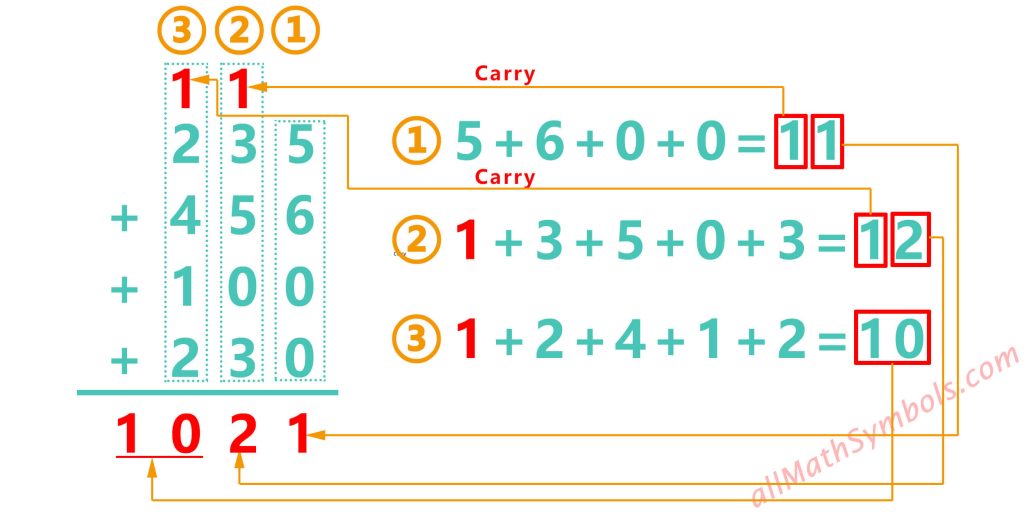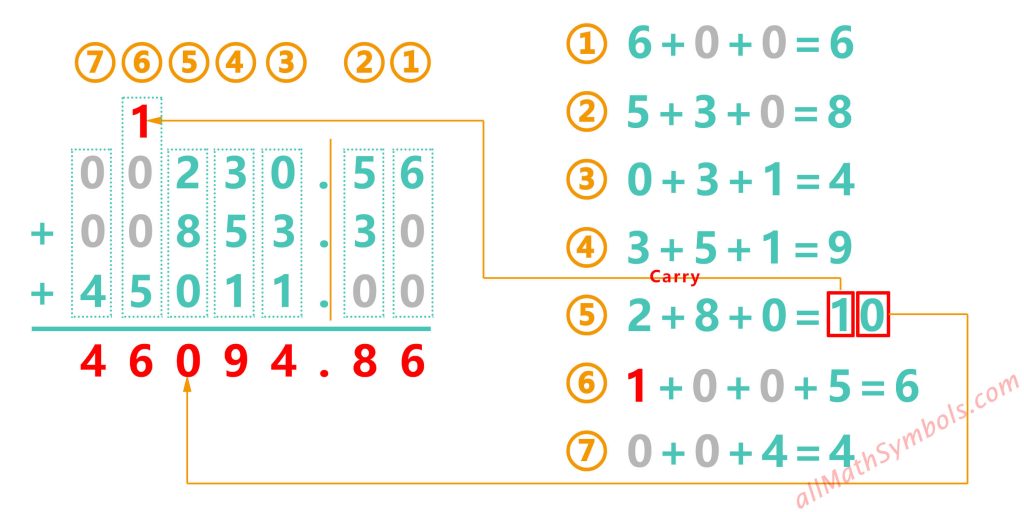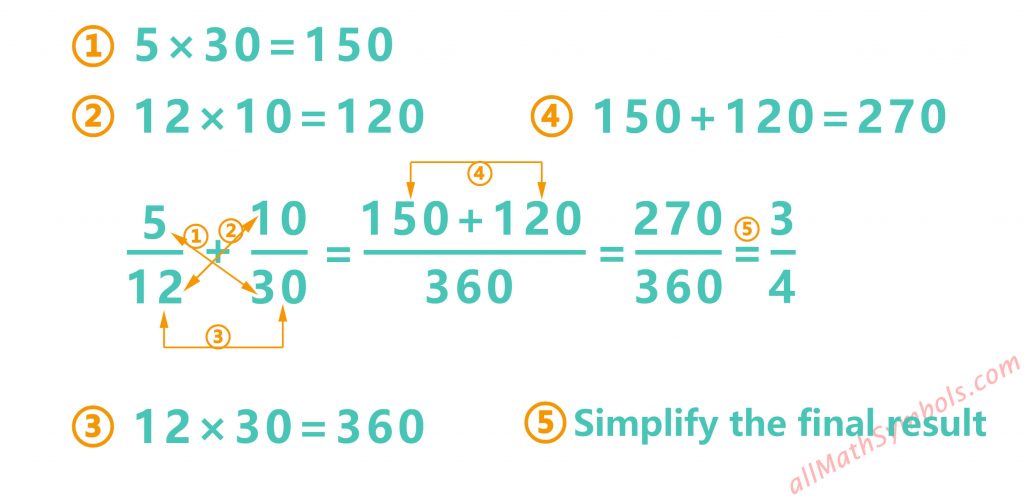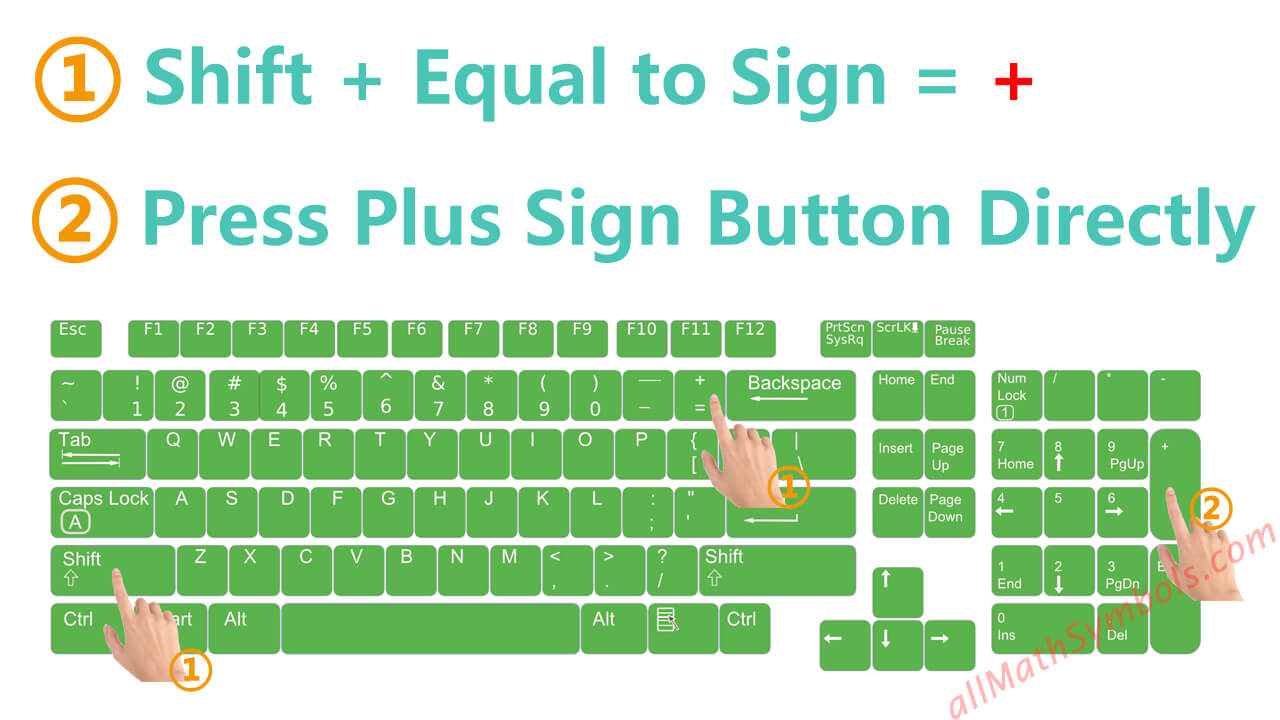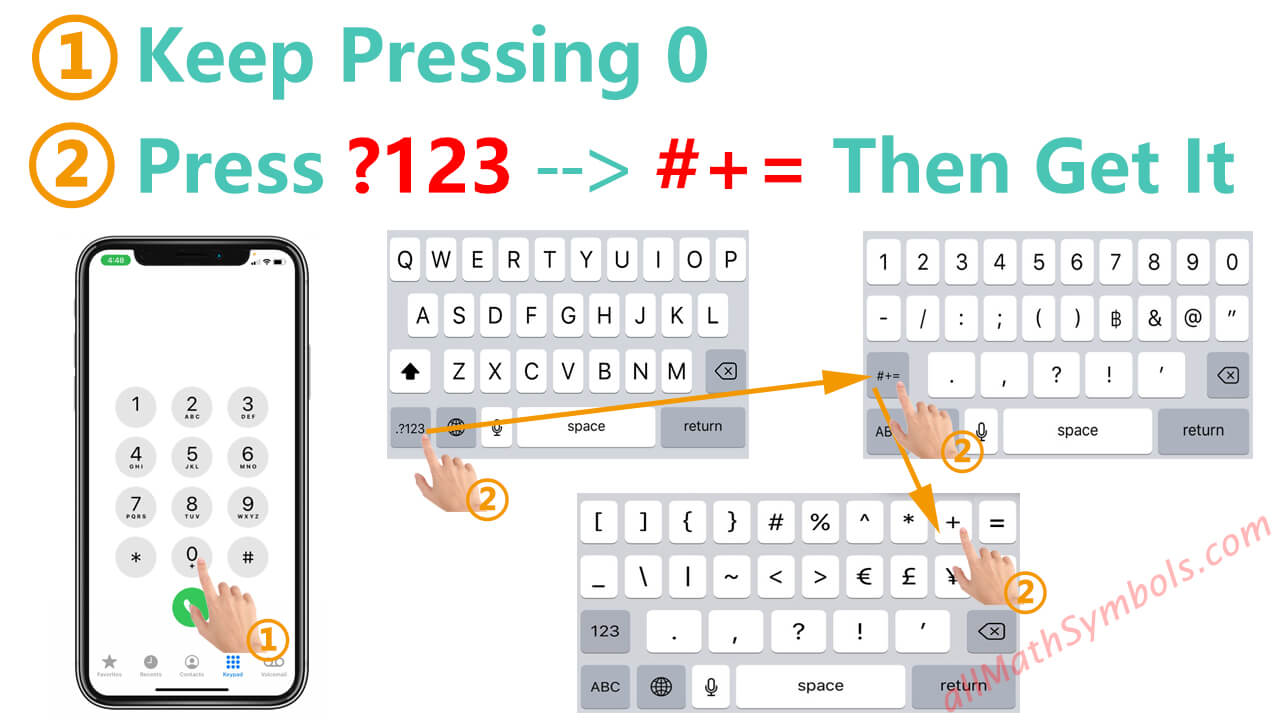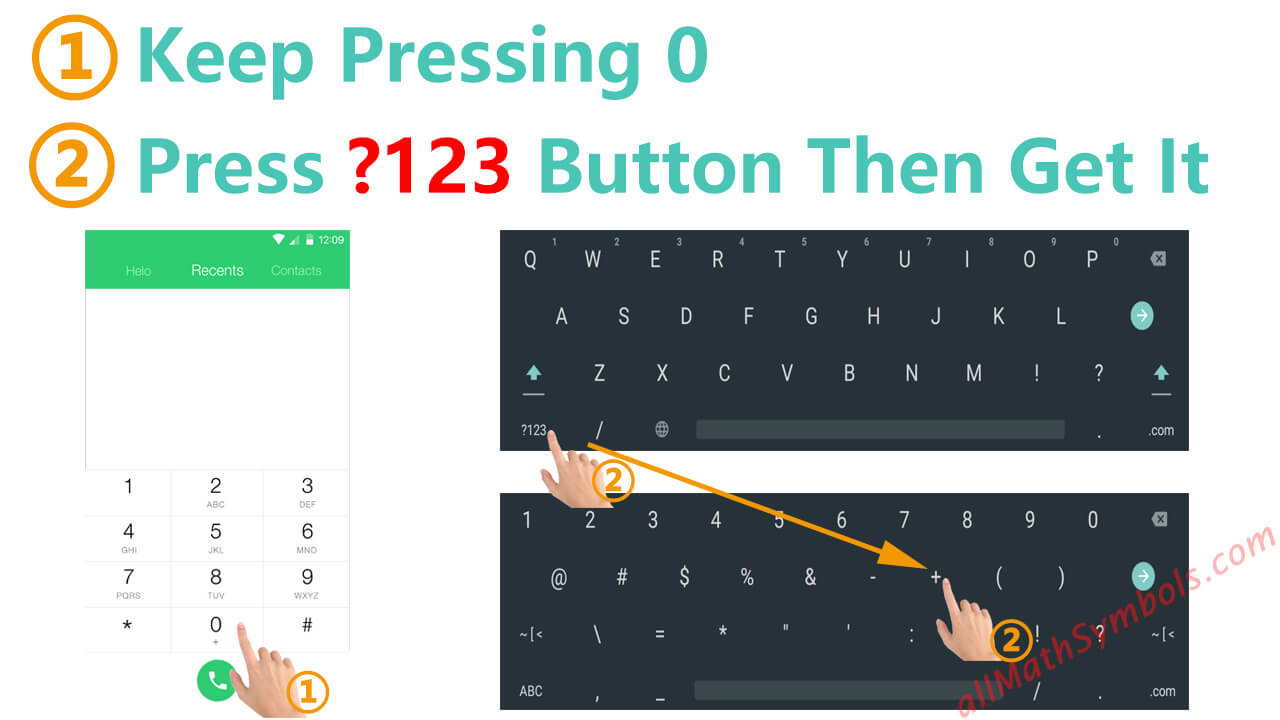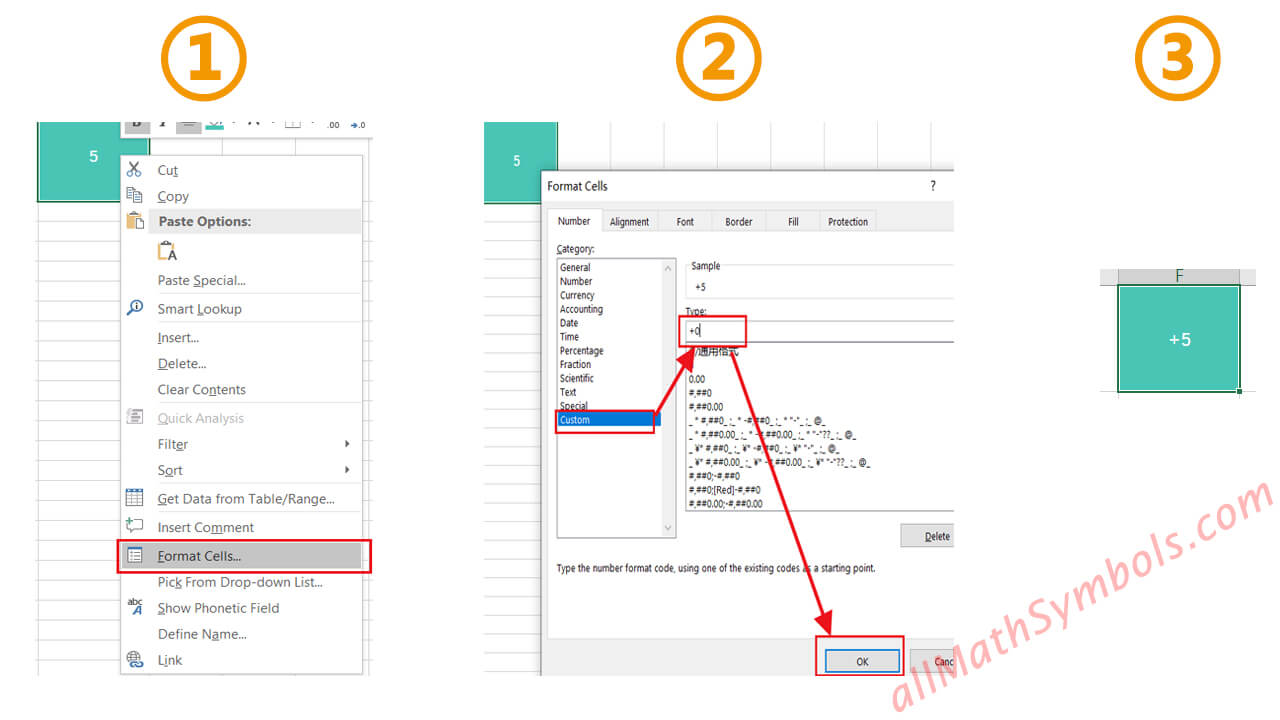The plus is derived from the word plus’s first alphabet P.
The plus symbol did not have any origin, since ages. During the primitive ages, the Greeks indicated addition mainly by just a position. They rarely used the slash sign for addition. Pair of legs walking onwards indicated addition in the prominent Egyptian Ahmes papyrus. The Hindus had no indication for addition, like the Greeks, besides the “yu”, which was adopted in Bakhshali manuscript Arithmetic (dating 3rd to 4th century). One of oldest usage of plus symbol was discovered in the 14th century manuscripts of Nicole Oresme. In Europe, during early 15th century, letter”P” was used. The symbol P with overline, represents plus , appeared in Luca Pacioli’s Mathematics compendium for the first time. This was first published and printed in Venice during 1494.
The initial use of modern algebraic symbol appeared in German algebra manuscripts since 1481. This was located in Dresden library. Johannes Widmann explained and investigated plus symbol. Leipzig, in 1489, issued his book, the name of which was Mercantile Arithmetic, where plus symbol was mentioned. During the same year, Johannes Widmann mentioned plus sign as mer. In modern German language, mer means more. Plus symbol wasn’t used for addition. It was just used to represent surplus. This was mentioned in a book written during 1518 by Henricus Grammateus.
In Britain, the plus symbol was introduced by Robert Recorde (he was the designer of equal symbol) in 1557 in the book The Whetstone of Witte.
Starting since 17th century, in Italy, the plus symbol was accepted by Christopher Clavius, who was an astronomer and Cavalieri.
The plus sign is simplification of Latin word et (while comparing to the evolution of ampersand &).
In the ancient days, everyone used different symbol for plus. Widman started using the plus symbol as Greek cross (just as we use today), at times the horizontal stroke is bit lengthy than the vertical stroke. This type of symbol was used by Mathematicians like Descartes, Harriot and Recorde. While other Mathematicians like Fermat, Hume and Huygens used Latin cross where the horizontal line is placed such that the crossbar is placed at one end or at the other end. Lastly, some Mathematicians like De Hortega, Halley practiced the ornamental form.
The father of addition was Brahmagupta. This was popular during the medieval Europe known as “Modus Indoram” or Method of Indians.
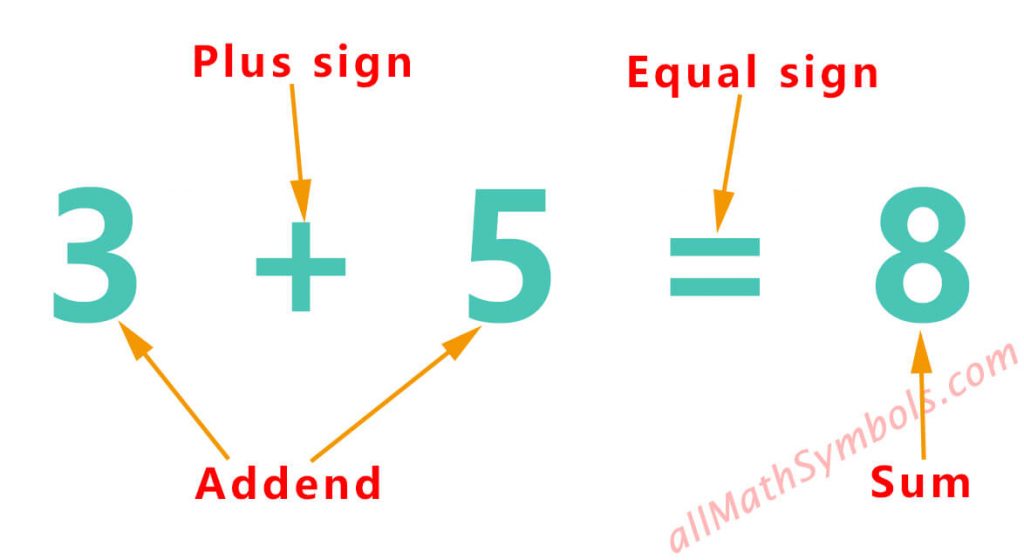 Plus sign came in the picture, so as to enable us to easily understand the operation to be conducted.
Plus sign came in the picture, so as to enable us to easily understand the operation to be conducted.